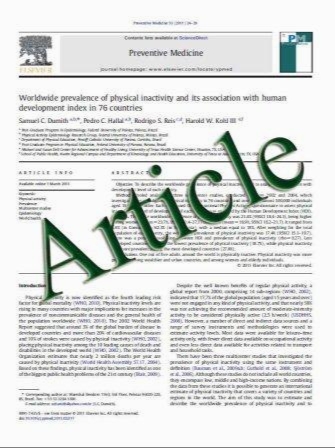Brachial vessel injuries: high morbidity and low mortality injuries
- نوع فایل : کتاب
- زبان : انگلیسی
- مؤلف : T. Vu J. A. Asensio F. N. Mazzini J. D. Sciarretta J. Chandler E. H. Lieberman M. Ksycki L. Pizano
- چاپ و سال / کشور: 2011
Description
Introduction Reports of arterial injuries from both the civilian and military arenas report the brachial artery as the most frequently injured vessel, accounting for approximately 25–33% of all peripheral arterial injuries. The brachial artery is surrounded by important peripheral nerves —the median, ulnar and radial, and also parallels the humerus and associated veins. Due to its close proximity to these structures, associated nerve and osseous injuries are frequent with residual neuropathy from such nerve injuries, often the main sources of permanent disability. Materials and methods Systematic review of the literature, with emphasis in the diagnosis, treatment and outcomes of these injuries, incorporating the authors experience. Conclusions The morbidity and mortality rates associated with brachial artery injuries depend on the cause of the injury itself, which vein or tendon is injured, and whether musculoskeletal and nerve injuries are also present. During the last 20 years, amputation associated with upper extremity arterial injuries has decreased to a rate of 3% because of advances in the treatment of shock, the use of antibiotic therapy, and increased surgical experience
Eur J Trauma Emerg Surg DOI 10.1007/s00068-011-0143-0 Received: 5 July 2011 / Accepted: 16 July 2011


